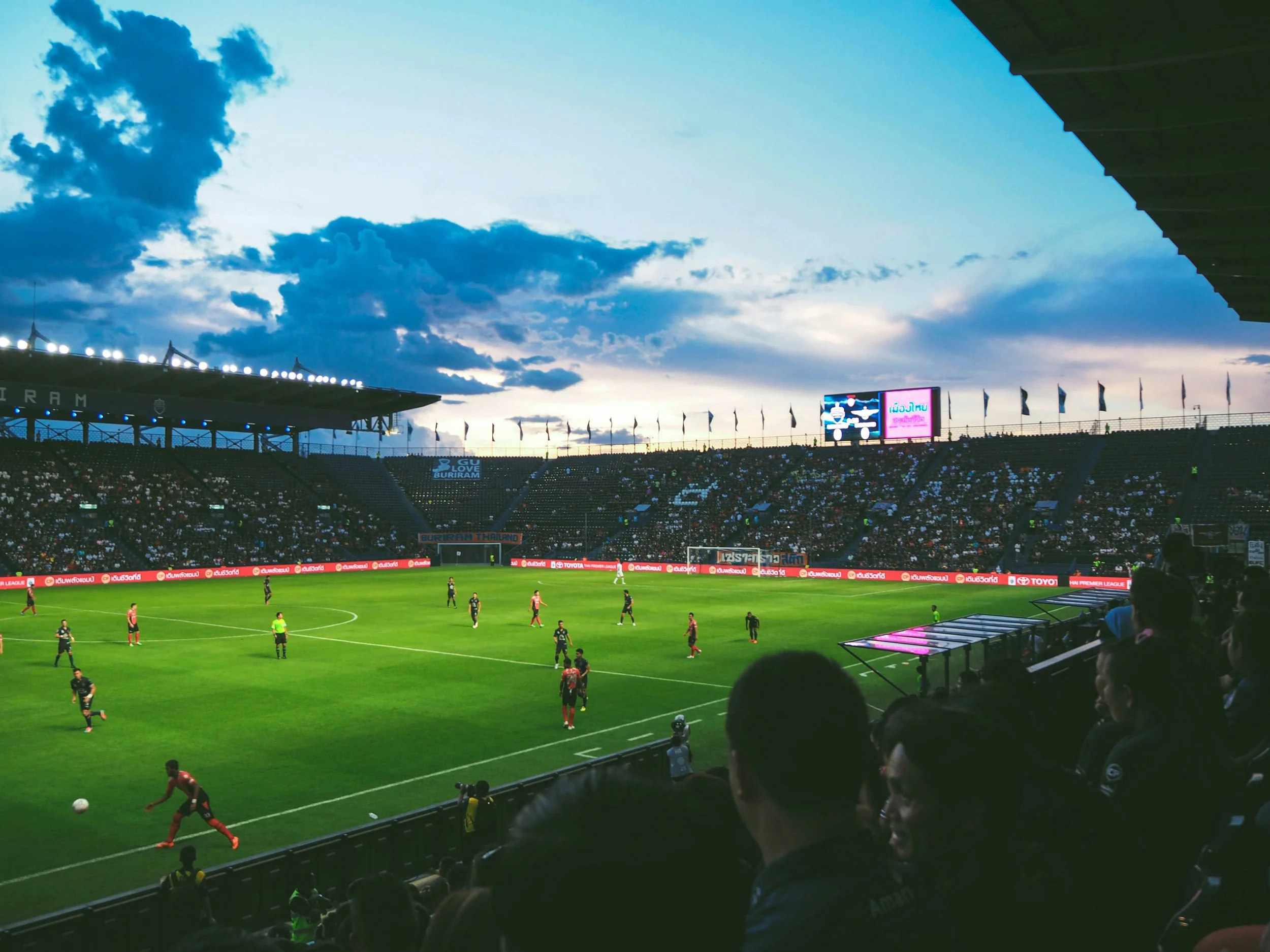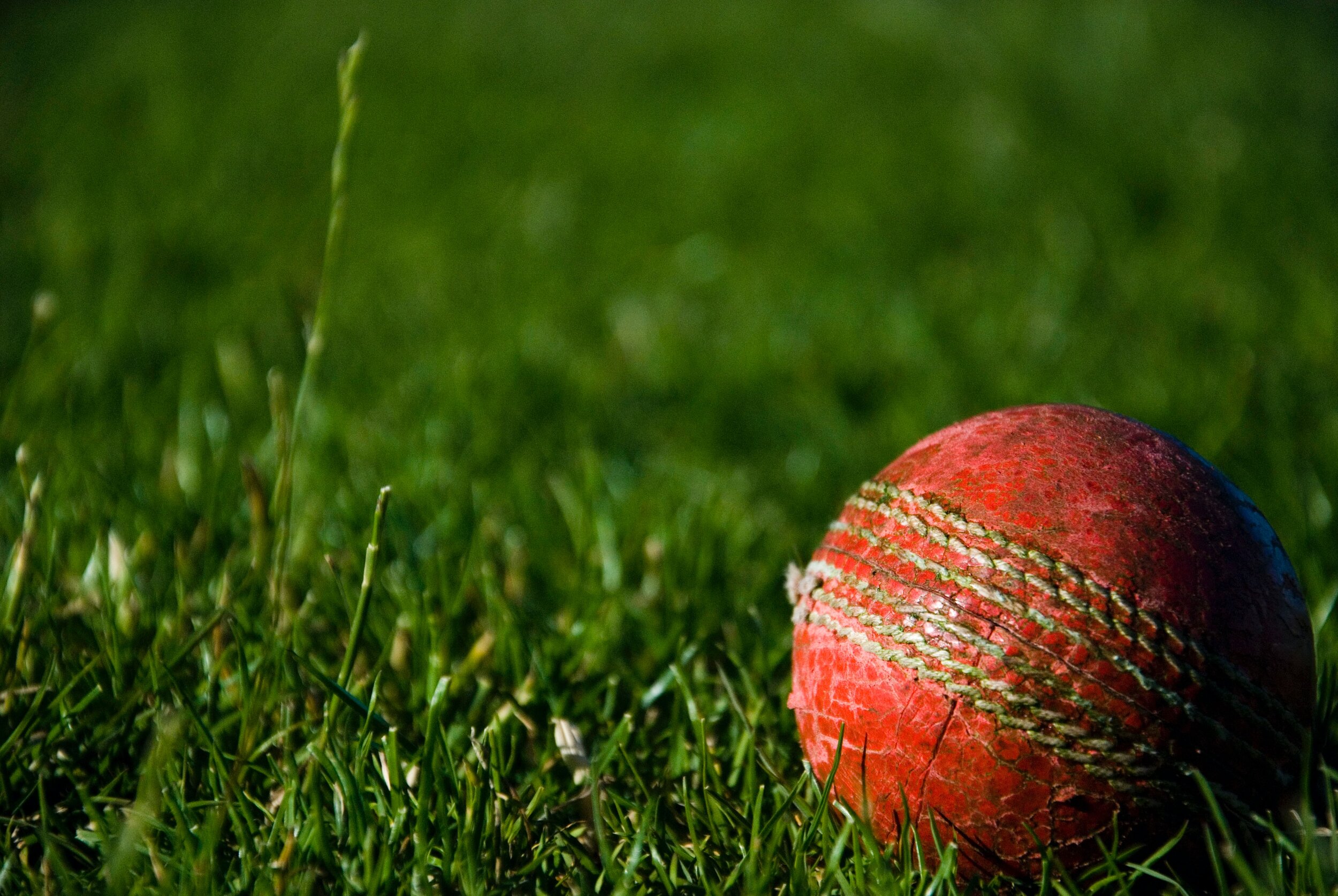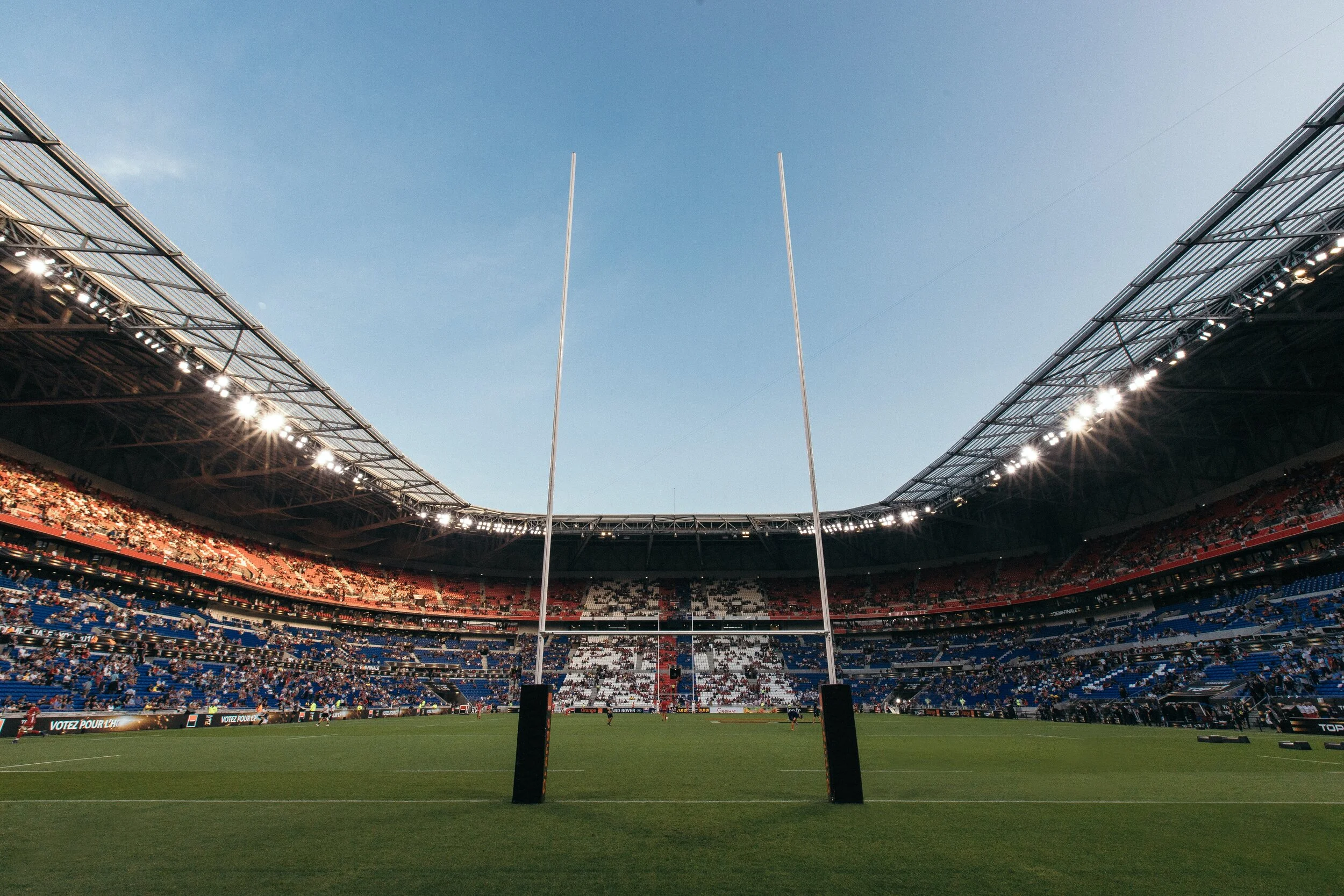This is a piece on the NFL’s apporach to investments in franchises by private equity funds and the like. I compare this to the situation in South African rugby, with SARU having embarked on a process of seeking out a commercial partner and having engaged with private equity firms to this end. And I consider what might be learned from the NZR’s equity deal with Silver Lake. I look at the reasons for bringing these types of investors on board (and why this desire is reciprocated), the framework and rules for their involvement, and what a good deal can bring for rugby in South Africa.
MLS kicked off its 2024 season with stand-in referees when Inter Miami and Lionel Messi played Real Salt Lake. I wrote on the CBA negotiations between the trade union representing the referees in MLS, the PSRA, and PRO, the organisation that employs these referees. PRO locked the referees out from the ‘workplace’ in February after negotiations were deadlocked. This negotiation may set a tone for similar negotiations around the world, in football and in other sports, with officiating becoming increasingly professionalised.
This is a piece on the changes that can be made in the PSL to improve competitive balance, financial sustainability of clubs and employment security for players. I consider the central role that the collective bargaining relationship between SAFPU and the PSL and its clubs plays in bringing about changes in the system.
Part 3 of the in depth piece written by Miles Chennells for News24 on the legal questions surrounding the resurfaced 2015 match-fixing scandal in South African cricket.
Part 2 of the in depth piece written by Miles Chennells for News24 on the legal questions surrounding the resurfaced 2015 match-fixing scandal in South African cricket.
Part 1 of the in depth piece written by Miles Chennells for News24 on the legal questions surrounding the resurfaced 2015 match-fixing scandal in South African cricket.
The United Soccer League Players Association (USLPA), the trade union representing players in the United Soccer League (USL), is preventing USL Championship clubs from signing international players by refusing to sign “no objection” letters approving these signings.
The decision to place a hold on issuing these letters is a significant power play by the USLPA, with the players’ union currently negotiating a first collective bargaining agreement (CBA) with the USL and with these talks progressing at what the union will consider an unacceptably slow pace.
Furthermore, the USLPA and the Communications Workers of America (CWA), the largest communications and media trade union in the United States, have recently announced a partnership, aimed at assisting the players’ union in concluding a CBA with the USL.
On 2 August 2020, Khanyiso Tshwaku reported for the Sunday Times on a contentious clause which was contained in a draft version of Cricket South Africa (CSA) director of cricket Graeme Smith’s employment contract during contract negotiations between CSA and Smith. This was based on information leaked from within CSA. The wording of the draft clause and its inclusion during these negotiations are fascinating in terms of employment law and employment relations, primarily due to the unusual nature of the draft clause and the insight it provides into the relationship between the employee and his employer. Accordingly, these matters fall to be discussed here, with them having entered the public domain and evidently being of public interest. The content of negotiations is normally protected by rules agreed between parties, which maintain its confidentiality and prevent the parties from disclosing, outside of the negotiations, any information forming part of the negotiations.
In Part 1, we discussed the situation in South African rugby in the midst of the Covid-19 pandemic, including the pay cuts implemented across the industry by collective agreement. We covered the unique termination clause which was included in the agreement and the fallout from the opening and closing of the termination window. We analysed the resultant legal questions concerning renegotiation of contracts which arose and highlighted the importance of image rights in contractual relations in local rugby.
In Part 2, the final part of the article, we dissect the novel model for player contracts which has been introduced into the local game, including the new salary caps. The contracting model has brought in new player categories, which have implications for contractual terms, and a revised system for player development and management. One of the primary aims of these changes is to enable the more effective management of players leaving for foreign clubs, in conjunction with improved succession planning. We consider whether these aims will be achieved.
The South African rugby landscape has changed significantly in a year. In response to Covid-19, Super Rugby in its ordinary format is suspended, test matches are postponed indefinitely and pay cuts and domestic competitions are the order of the day in Sanzaar. In mid-2019, a ground-breaking new model for player contracts, which introduced a salary cap, was agreed to and has since come into force. The primary aim of the new contracting model is to improve the effectiveness of the system, by ensuring financial prudence and better managing the retention and development of talent in South Africa. The situation surrounding the Covid-19-related collective agreement on pay cuts, concluded in April 2020, has grown more nuanced and fascinating from a legal perspective, in the aftermath of the opening and closing of the termination window. This was a 21-day period within which players were able to terminate their contracts to join foreign clubs.
The impact of the Covid-19 pandemic on the sports industry worldwide has been considerable. The issue of reductions in remuneration makes for an interesting study of applicable laws, collective bargaining in sport and the ramifications of pay cuts being imposed on sportspeople. Whilst there are far more important matters than sporting events right now, this is a prominent global industry and many people find expression of their identity in sport. The industry has been turned upside down, with competition suspended indefinitely or cancelled. The public may have little sympathy for superstars earning large sums. However, many professional sportspeople have effectively been laid off and their jobs are under threat. Increasing player power at the top of the sporting world and the primacy of broadcasting revenue make for fascinating dynamics, with the world in varying forms of lockdown.












